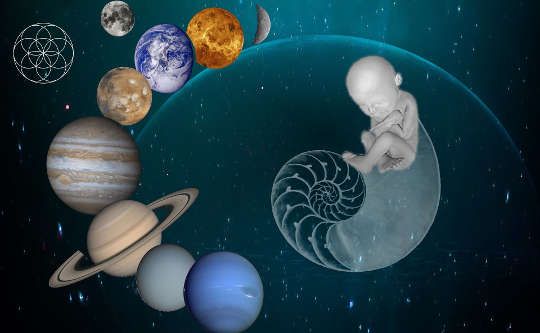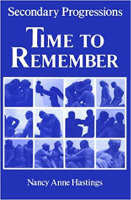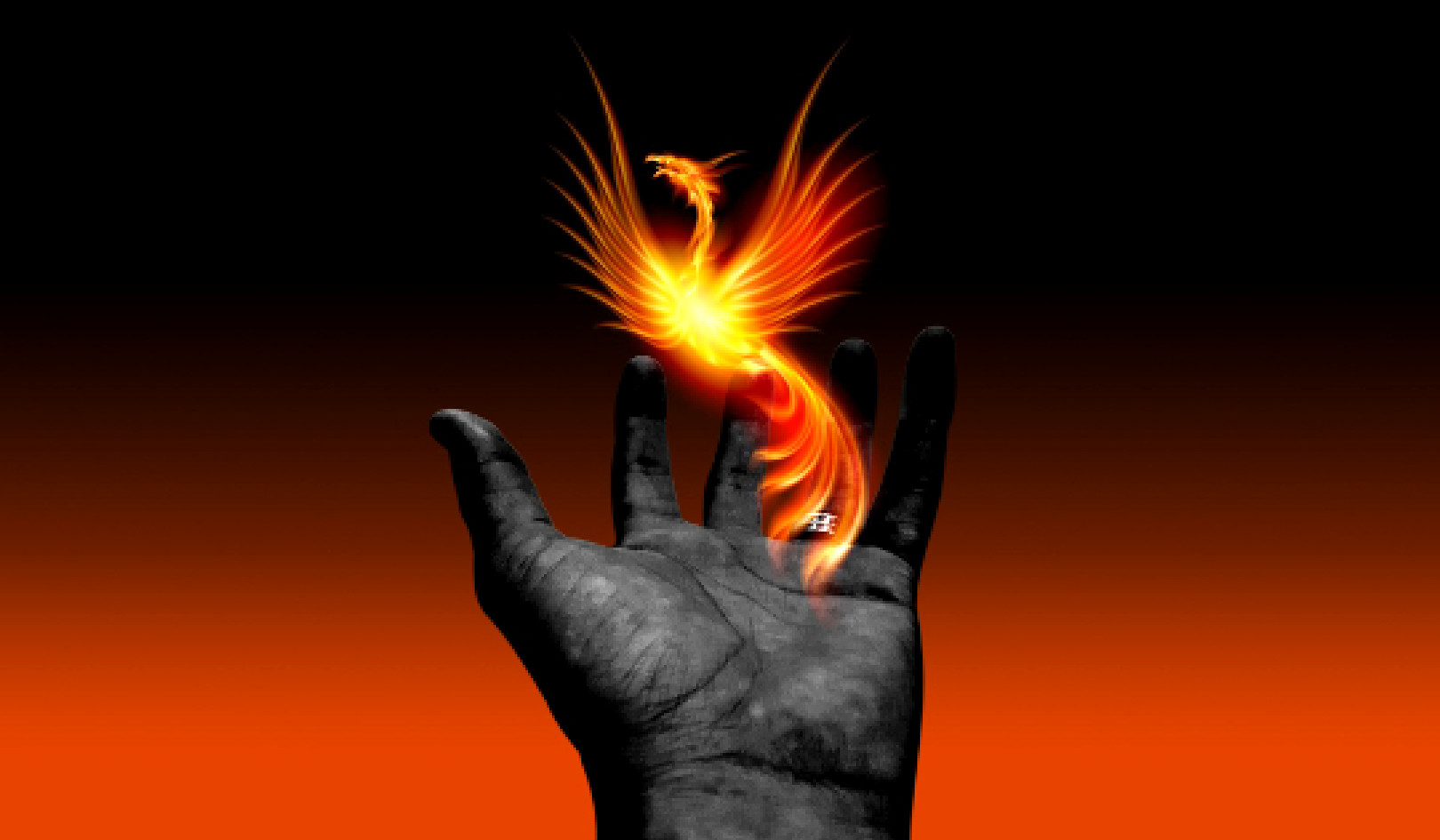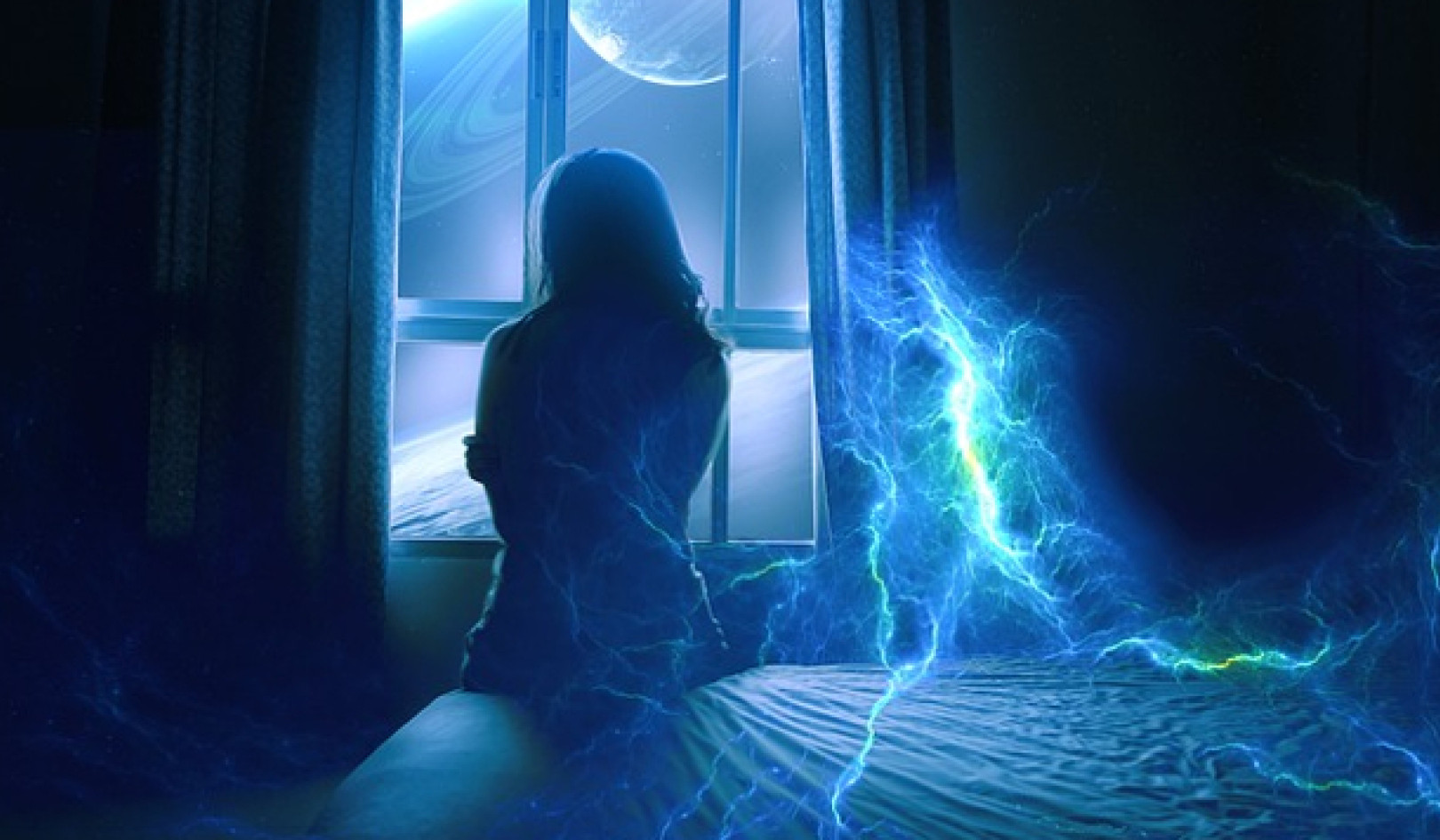
Image by Karin Henseler
When astrologers meet for the first time, we tend to get around to the basic questions fairly quickly. Where is your Sun? Where is your Moon ? What sign do you have rising ? This information is the foundation trilogy, the three factors which give us the most information about another person. We may get to the more trivial factors of where you live, work, and play later, but first most of us like to find out who you are, how you feel, and how you approach the world.
Analyzing a secondary progressed chart starts out just like the analysis of a natal chart, with the sign positions of the Sun, Moon, and Ascendant. Since everyone analyzes the foundation trilogy a little bit differently, I'm starting with a brief description of my view of these symbols. You will find it easier to understand my analysis of the effects of progressions if you know what I think about the basic symbols of astrology. Try it out; it may work for you, too.
WHO AM I?
The Sun symbolizes the basic life force and the physical body. If the Sun suddenly disappeared, so would all forms of life on Earth. Your natal Sun represents your basic life energy, and your progressed Sun represents the present manifestation of your energy. The Sun stands for your most basic, inside, underneath-it-all self. Sometimes this self is so protected and hidden that we don't really recognize it ourselves, and we insist that we are really nothing like the description of our Sun sign.
Sometimes we recognize it all right, but see only the difficult parts of the symbolism, and spend our lives trying to be anything but the sign we are. Then sometimes we see that although we are jealous, possessive, stubborn, obsessive in love situations, righteous, materialistic and self-indulgent, we are also warm, nurturing, supportive, loyal and steadfast. Then we can own our Taurus Sun, accepting the beauty and the beast within.
HOW DO I FEEL?
The Moon symbolizes your emotional response nature, your feeling self. The Moon is no less important to life on Earth than the Sun, for if the Moon were to disappear, life on Earth would last a fraction of a second longer than it would if the Sun vanished. Earth and the Moon are more like a dual planet system than a planet and satellite, for the Moon is too large and close to Earth for Earth to exist without it. If the Moon somehow entered a time warp and left us, Earth would immediately leave its orbit around the Sun and break apart.
Without our ability to respond on an immediate gut level we can't survive. If our Moon symbolism falls apart, so do we. We call this kind of falling apart a nervous breakdown. Some astrologers call the Moon the "soul" symbol, but that doesn't quite fit my definition of "soul." l think the Moon symbolizes the part of ourselves which somehow absorbs the inconsistencies of daily life, allowing us to stay on our path. When our natal and progressed Moon are in harmonious aspect, we deal with all kinds of problems with ease. When these two symbols are out of balance, even little difficulties can throw us into emotional turmoil.
HOW DO I SEE THE WORLD?
Our Ascendant (Asc), like the outside of our home or the front door of our apartment, is the portion we make visible to the outside. We can choose how we want this part of the self to appear. As we become adults, we choose where to live, and thus choose the environment within which we will function. Do we mow the grass, trim the hedges, paint the door? Do we let the paint rot, or the lawn grow weeds and brambles? Do we throw garbage in the hall? How happy are we with our front yard? Does it reflect our inner selves or is it an anachronism ?
While the Sun symbolizes our inner self, the Ascendant symbolizes our outer self, our personality or persona. The Sun is the "me" inside, the Ascendant is the "me" that we let the world see. The Ascendant axis (which includes the Descendant) symbolizes our interaction on the Earth plane. The Ascendant part is the "me" we project into the world, how we act in our environment, while the Descendant is the "not me" of the world, all the other people around us. Anything that aspects the Ascendant also aspects the Descendant because this is an axis. We filter our view of the world through the Ascendant axis, and at the same time monitor what we put out into that world through the same Ascendant. The progressed Ascendant is the here and now environment and our current mode of interaction with and projection into that environment.
OUR BALANCING ACT
The combination of our natal Sun, Moon, and Ascendant symbolizes how well our front yard harmonizes with the inside of our houses. As our charts progress, we grow through stages of comfort and discomfort with our projection into the environment.
POLARITY
Each sign has a polarity. Aries is yang or masculine or positive, while Taurus is yin or feminine or negative. I prefer to use the terms yin or yang when describing polarity because these terms from Oriental philosophy accurately describe the energy involved without the bias inherent in the other two sets of adjectives. The terms masculine and feminine carry whatever sexual role imagery each of us has, and every human being has some ideas about sexual roles.
A predominance in one or the other polarity does not mean that you are dominated by the sexuality associated with that polarity. Women with the majority of their planets in masculine signs do not grow beards and smoke cigars. But men with the majority of their planets in masculine signs don't have to grow beards or smoke cigars either. The polarity which contains the majority of the planets has nothing whatever to do with the presence or absence of sexual apparatus, and apparently has very little to do with our choice of sexual partners (either same sex or opposite sex).
Masculinity or femininity is not decided according to whether you have seven planets in Aries or seven in Taurus. The man with seven planets in Taurus will be bullheaded, loyal, practical, and will still have a penis. The woman with seven planets in Aries will be impetuous, hot-tempered, and still have breasts and a vagina. The signs do not define sexual roles.
The terms positive and negative, also used to describe polarity, are, if anything, worse than the terms masculine and feminine. Positive and negative imply good and bad, qualities which are not described by sign. In our society, active and passive are also terms connoting good and bad, or strong and weak.
The definition of yin and yang does not involve good and bad. Yin, like Jung's term anima, is the receptive, responsive part of each person's psyche. Yang, like the Jungian animus, is the active, initiatory part of the human psyche. No human is without both parts, although we often try to suppress one or the other part of our being. If we can't utilize both male and female parts of our psyches, we are like a person with a broken foot. We must hop or use crutches to get around. Although we may cope with day-to-day life, coping is more difficult, for we can't use both legs for walking. Should a major life crisis occur, we are like a person with a broken foot in a fire. He has to use both legs to run, but one of them does not work well. If we cannot integrate our yin and yang internally, we are helpless when we most need to cope.
In chart analysis, polarity signifies the initiatory and response nature of the individual. Humans must both initiate action (or nothing can ever happen) and respond to action (or put up with chaos). Conflicts arise for us when polarities in the chart are mixed. Then we may try to initiate action and respond to action at the same time.
[Editor's Note: The yin signs are: Taurus, Cancer, Virgo, Scorpio, Capricorn, Pisces. The yang signs are: Aries, Gemini, Leo, Libra, Sagittarius, Aquarius.]
UNDERSTANDING OUR ESSENTIAL NATURE
In order to understand our own essential natures, we must understand the symbolism of the polarities of our Sun, Moon, and Ascendant. When your natal Sun and natal Ascendant are the same polarity, you find that you can easily express who you are. When your natal Sun and natal Ascendant are of different polarities, you have difficulty excusing your own social gaffes, as your projected ego (Ascendant) does not agree with your inner self (Sun). Thus, when you meet someone you haven't seen for twenty years, you remember that you spilled soda all over that person at the eight grade dance. You still feel embarrassed, for you have not yet forgiven yourself for your clumsiness. Meanwhile, they've probably forgotten all about the incident.
As both your Ascendant and your Sun progress into different signs, your ability to accept yourself as a human being who is occasionally gauche or rude or maudlin varies depending on whether the polarities of the progressed Sun and progressed Ascendant agree or conflict. Whenever our progressed Sun is the same polarity as our natal and progressed Ascendant, we are quite confident in our approach to the world.
When both natal and progressed Ascendant differ in polarity from our progressed Sun (for instance, natal Ascendant 2? Leo, progressed Ascendant 25? Leo, progressed Sun 28? Cancer) we have quite a bit of difficulty overcoming a feeling of social unworthiness.
When the polarity of our natal Moon is the same as the polarity of our natal Ascendant, we find that we can easily express how we feel. We recognize habitual response patterns and do not feel that these patterns are inappropriate in the environment. When our natal Moon is different in polarity from our natal Ascendant, we don't have as easy a flow of emotion.
If our natal Moon is yin and our natal Ascendant is yang, we may accuse ourselves of over sentimentality. A slightly different, but equally common, reaction to this combination is that we are quite sensitive and emotional, but try very hard to cover up this fact.
When the polarity of our natal Moon is yang and our Ascendant is yin, we may question our real emotional responses to situations. We may worry that we do not feel deeply enough about emotional situations. Whenever we respond to an emotional situation in our yin Ascendant manner, the yang nature of our natal Moon wants to do something about the situation. This is the dilemma of someone with the natal Moon in Leo and the Ascendant in Scorpio.
Since the progressed Moon changes signs every two years or so, the polarities of the Ascendant and the progressed Moon frequently change from compatible to uncomfortable. Of course, none of us goes through major emotional changes every two years.
Rather, the polarity of the progressed Moon signifies how we respond to current emotional issues. When the polarity of the progressed Moon and the natal Ascendant are the same, we tend to handle emotional periods through the symbolism of our natal approach. When the polarity of the progressed Moon is the same as the polarity of our progressed Ascendant, we tend to utilize the newer approach to the world in confronting present emotional issues
When the polarity of the progressed Moon is the same as the polarity of our natal Moon, we feel more at ease with our response nature. When the polarity of the progressed Moon is the same as the polarity of our natal Sun, we feel more healthy because we feel an accord between our essential physical self (Sun) and our emotional nature.
Now that we've put the three basic components of the chart together, we need to take them apart again to examine each in greater detail. No part of a chart stands alone. Each relates to the whole. As you work with progressed charts, you will find that the importance of each individual symbol change varies. When a particular symbol is active by aspect or angularity (either to other progressed positions or to natal positions) that part of your life is more active. The progressed chart fills in the rest of the details of the natal chart. If the natal Sun is "Who am I?", the progressed Sun is "How do I grow?"
Published by Samuel Weiser Inc., York Beach, ME.
©1984. http://weiserbooks.com.
Article Source:
Secondary Progressions: Time To Remember
by Nancy Anne Hastings.
 With this work—much of it material never before published—Nancy Hastings makes a major contribution to the techniques of predictive astrology and basic chart interpretation. With warmth, humor, and clarity, the author leads the intermediate student through a complete course of instruction in how to calculate and interpret the progressed chart. The basics are pulled together in an easily understood package of tools—even the advanced astrologer will discover this book to be full of new insights regarding the ins and outs of interpretation and coping with clients. Profusely illustrated with example charts.
With this work—much of it material never before published—Nancy Hastings makes a major contribution to the techniques of predictive astrology and basic chart interpretation. With warmth, humor, and clarity, the author leads the intermediate student through a complete course of instruction in how to calculate and interpret the progressed chart. The basics are pulled together in an easily understood package of tools—even the advanced astrologer will discover this book to be full of new insights regarding the ins and outs of interpretation and coping with clients. Profusely illustrated with example charts.
About The Author
Nancy Anne Hastings was a well-known lecturer, astrology teacher, and author. She was an American pro astrologer from 1974 and the author of "Time to Remember," as well as "Secondary Progressions." She served as an NCGR Board Member and as President of the New England Astrological Association, PMAFA. She died of cancer in 1991.























